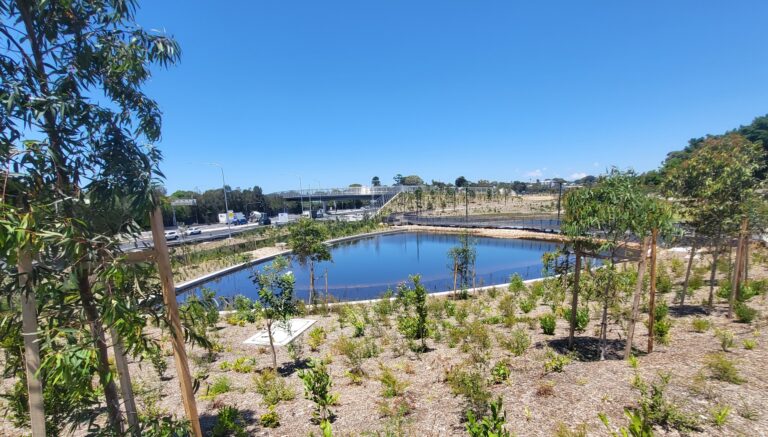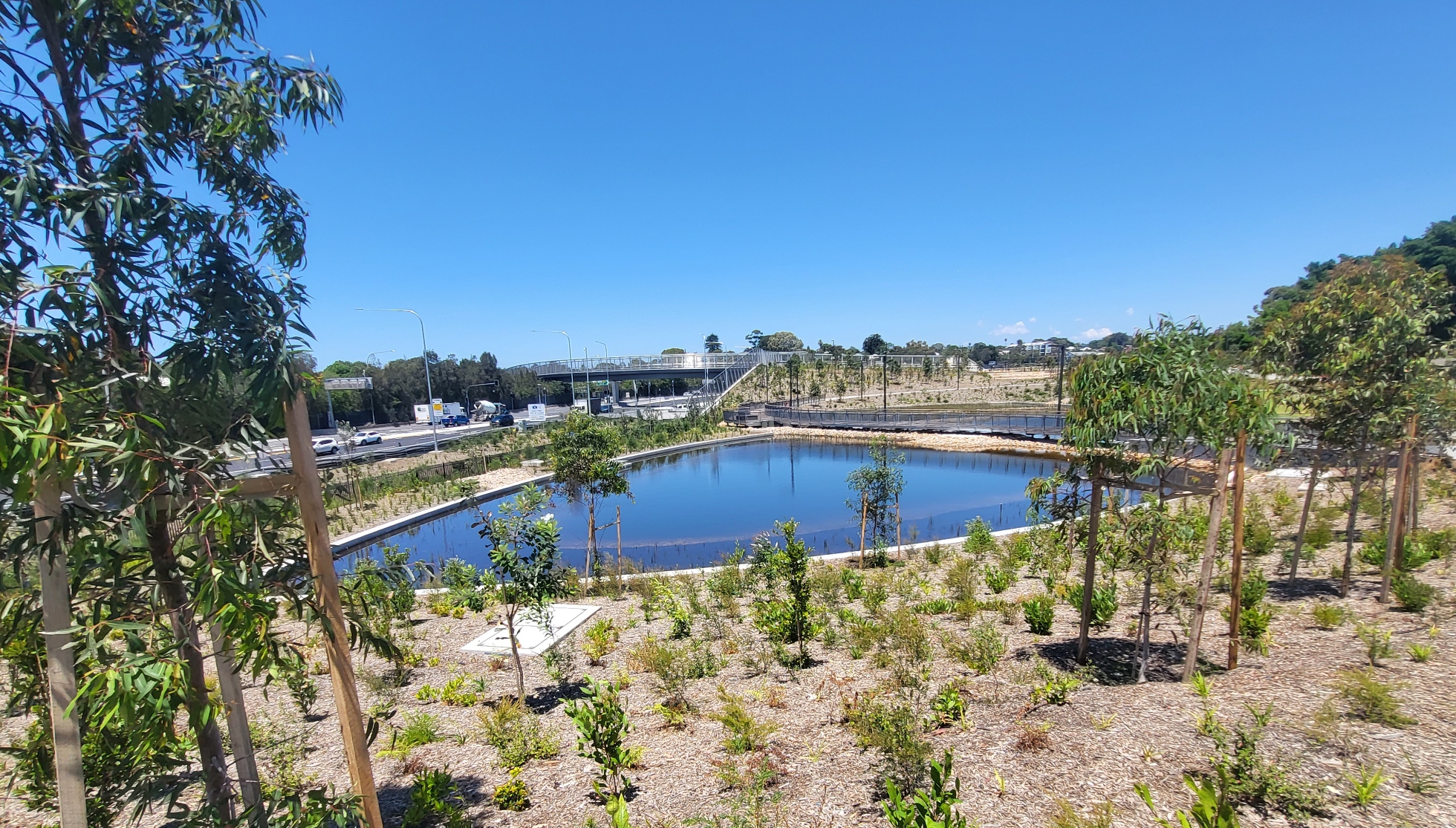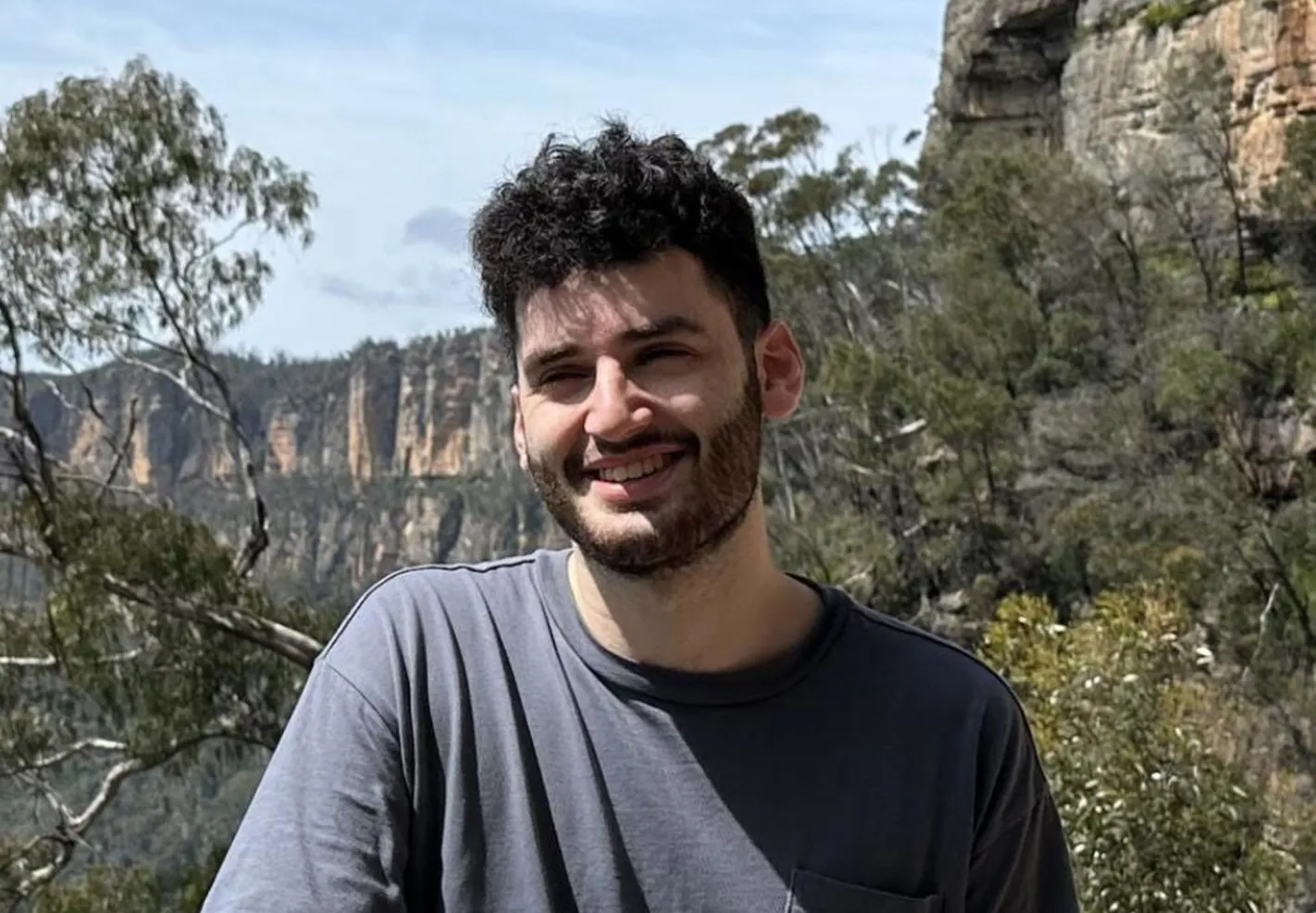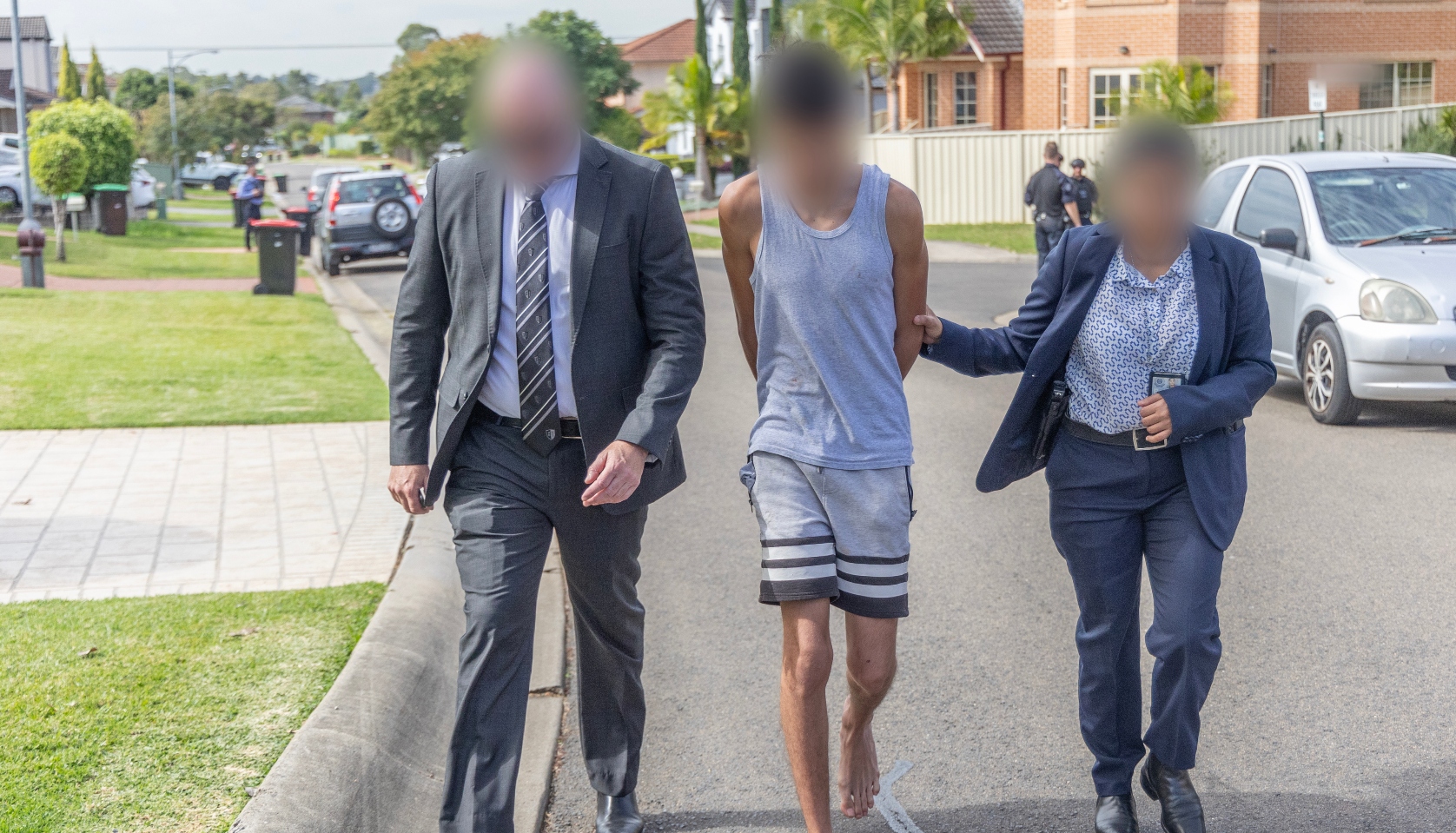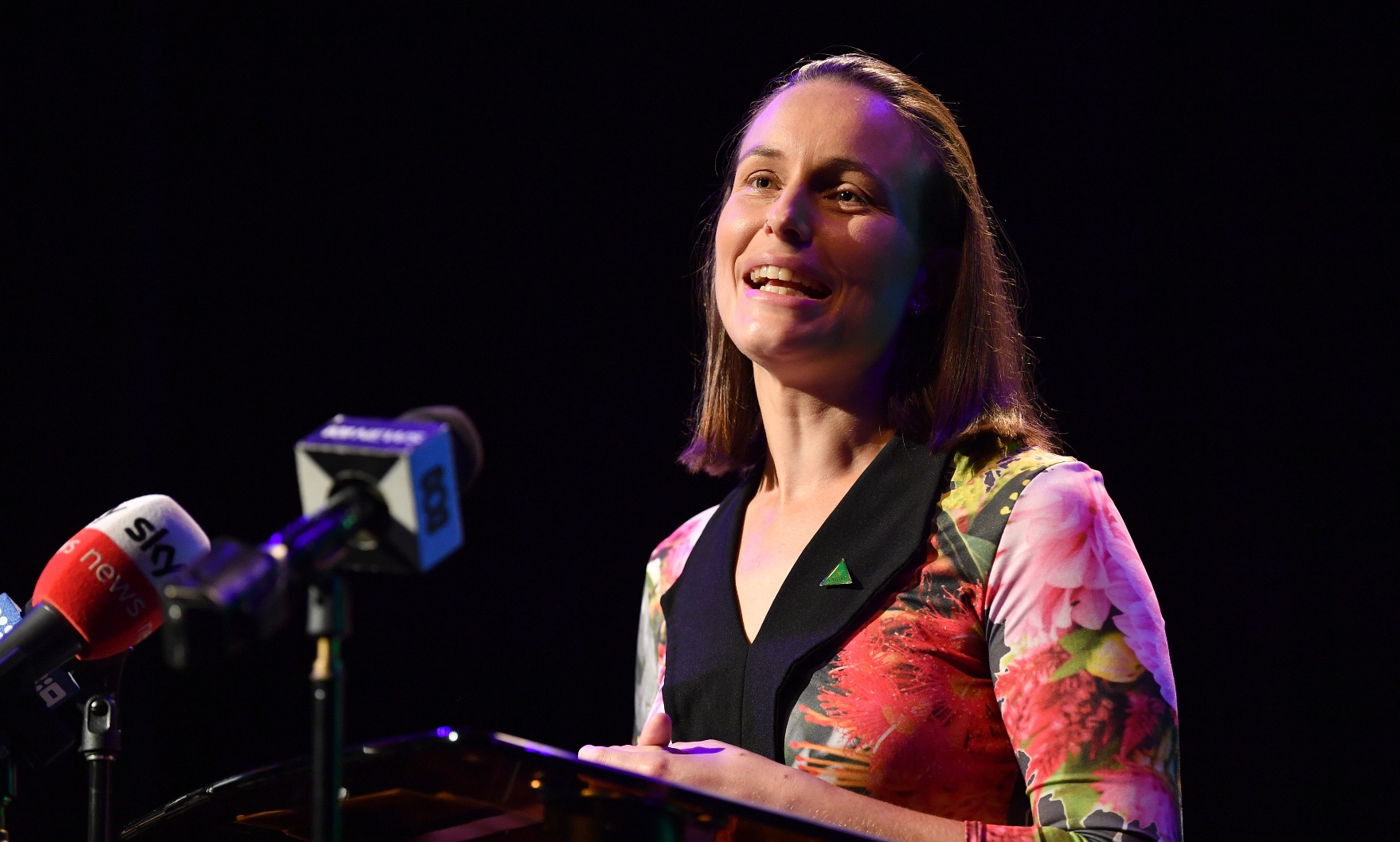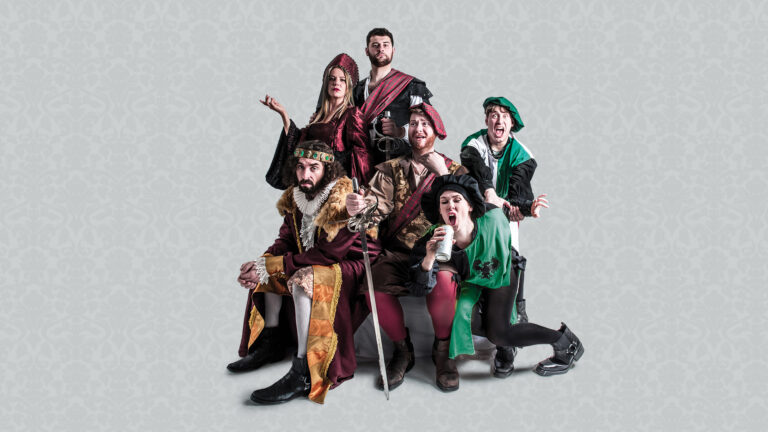
Should statues of colonial figures be removed? Controversy in Sydney’s east

by GRACE JOHNSON
A mayor in Sydney’s eastern suburbs has come under fire for saying that a statue of Captain James Cook should be removed.
The 114-year-old statue of the colonial figure, situated on the corner of Belmore Road and Avoca Streets in Randwick, was vandalised on February 15, the second time in four years.
Part of the sandstone plinth was damaged and the statue was sprayed with red paint.
Randwick City Council said in a Facebook statement that they “condemn all acts of vandalism”.
But Mayor Philipa Veitch maintained her “strong personal view” that statues like these should be removed from civic spaces.
The statue of Captain Cook is a symbol and reminder of colonial oppression, she said, and would be more appropriate to be donated to the Maritime Museum.
Council’s response
Mayor Veitch expressed these views to the media in response to their questions around the end of February.
Liberal councillors then called an extraordinary meeting because of her “contrary views to those voted on”.
“Residents of Randwick have expressed serious concerns about the mixed messages and deserve some assurances that the statue will not be taken down”, said the councillors in the notice of motion.
The mayor has since come under fire with opposing council members and public commentators accusing her of “woke” virtue signalling and fringe activism.
Liberal Councillor Christie Hamilton in particular criticised the mayor for her “divisive” comments and “mixed messages”.
“When someone holds a position of leadership in our community, they are trusted to make clear decisions and communicate truthfully, and in this instance, the truth was lost,” said Cr Hamilton.
The mayor was then called to send an assurance to the community that the statue would not be removed and that graffiti would be removed.
In a media statement, Randwick City Council confirmed that repair and restoration works are ongoing and are expected to be completed by the end of March.
Calls for truth telling
Despite the controversy, Mayor Veitch has maintained her views, adding that the whole situation has been a “media blow up”.
But Australia is “one of only 15 former colonies who have retained those ties to the United Kingdom and recognise the King as our head of state,” Mayor Veitch continued.
“Most former colonies have long since become Republics,” she said.
Adventurer or symbol of oppression?
The figure of Captain Cook has been particularly divisive in recent times. Earlier this year in Melbourne, his statue was sawn off at the ankles. Another of Queen Victoria was doused in red paint.
Both statues were vandalised the night before January 26, the anniversary of British settlement.
Looking at comments under Randwick City Council’s updates on Facebook, most expressed their support for the statue to stay.
Independent Councillor Noel D’Souza confirmed to City Hub, “The large majority of the community would like it to stay. It is of significant historical value and is an important part of the history of the suburb.”
“Cook was a great adventurer, navigator, and discoverer his achievements should also be recognised,” he continued.
“You cannot change or rewrite history only learn from it.”
According to Cr D’Souza, La Perouse Land Council are also of the view that historical statues should stay and that “any future monuments should incorporate both histories and address the hurt and pain felt by our Indigenous people.”
“Truth telling will go a long way to healing and reconciliation,” he said.

